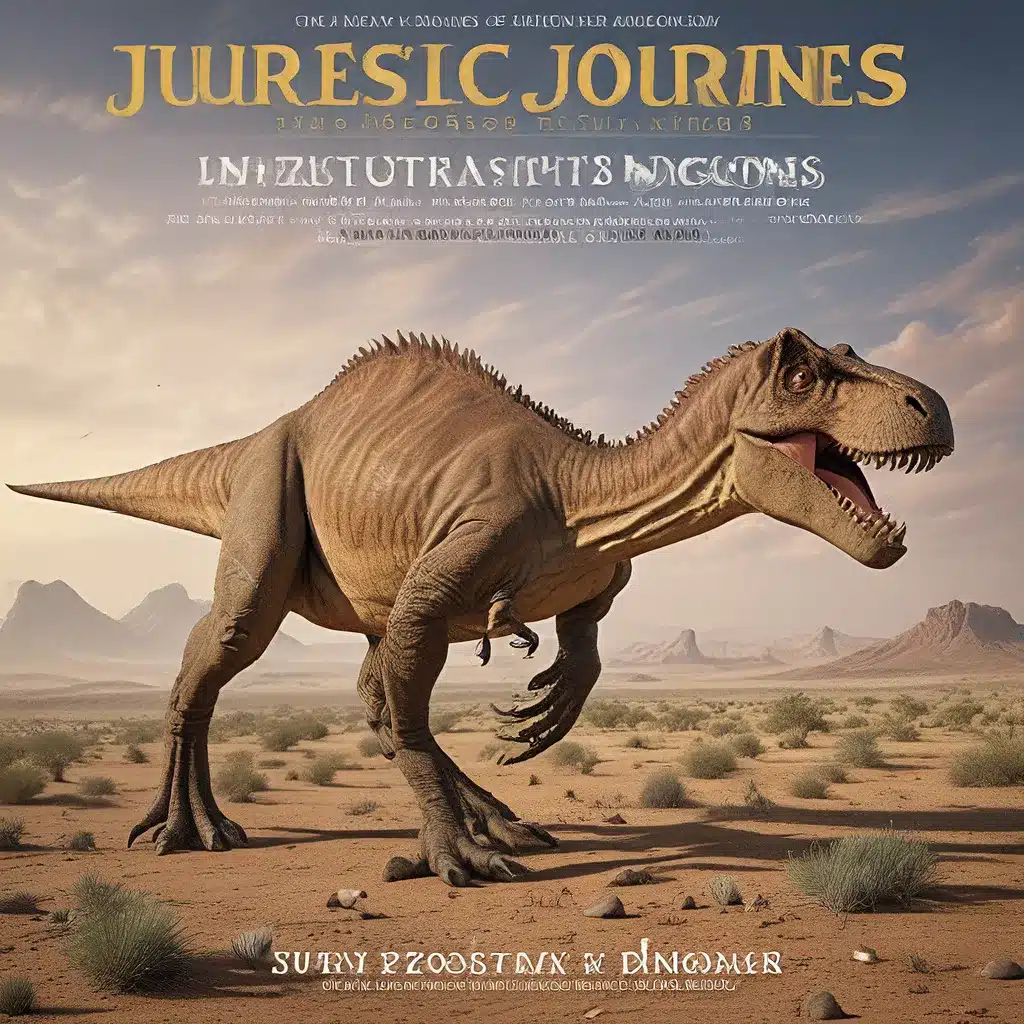
The Mesozoic Era, often referred to as the “Age of Dinosaurs,” spanned approximately 180 million years and witnessed the rise and fall of these magnificent creatures. From the small, early dinosaurs of the Triassic Period to the towering sauropods and the fearsome Tyrannosaurus rex of the Cretaceous, the Mesozoic was a time of remarkable evolutionary changes and a diverse array of life forms that laid the foundation for the world as we know it today.
Tracing the Footsteps of Giants
One of the most captivating aspects of studying dinosaurs is unraveling the mysteries surrounding their migratory patterns. Recent advancements in technology, such as CT scanning and isotopic analysis, have allowed paleontologists to delve deeper into the lives of these ancient beasts, shedding light on their behavior, diet, and even their journeys across the vast landscapes of the Mesozoic.
Velociraptor, for instance, has long been portrayed as a ferocious predator, but new evidence suggests that these animals may have had keener senses than previously thought, potentially enabling them to hunt effectively even at night. Isotopic analysis of their teeth has provided clues about their migratory patterns and dietary habits, painting a more vivid picture of their day-to-day lives.
Similarly, the sauropods, those towering herbivores that dominated the Jurassic landscapes, are now believed to have undertaken long-distance migrations in search of abundant food sources. By analyzing the chemical signatures preserved in their fossilized bones, researchers have been able to reconstruct the routes these giants traversed, offering a glimpse into their remarkable journeys.
Uncovering the Secrets of the Past
The study of dinosaur migrations is not only fascinating in its own right but also sheds light on the broader context of the Mesozoic world. Paleontological research has revealed that the distribution and movement of these ancient creatures were often closely tied to climatic changes and environmental shifts that occurred during the era.
For example, the Cretaceous-Paleogene (K-T) extinction event, which wiped out the non-avian dinosaurs, is believed to have been triggered by a massive asteroid impact. This catastrophic event not only led to the demise of the dinosaurs but also fundamentally altered the global climate and ecosystem, dramatically impacting the migratory patterns and survival strategies of various species.
By understanding the factors that influenced the movement and distribution of dinosaurs, paleontologists can gain valuable insights into the complex interplay between these ancient creatures and their environment. This knowledge, in turn, helps us better comprehend the broader evolutionary and ecological dynamics that shaped the Mesozoic world.
Trailblazing Discoveries
The journey of paleontological exploration is a constantly evolving one, marked by groundbreaking discoveries that continue to challenge and refine our understanding of dinosaurs. One such landmark event was the unveiling of the Crystal Palace Dinosaurs in 1854, which represented an early attempt to visualize these prehistoric creatures and capture the public’s imagination.
These pioneering sculptures, though not entirely anatomically accurate by today’s standards, highlighted the growing fascination with dinosaurs and the scientific community’s efforts to bring these long-extinct beings back to life. As Professor Joe Cain from UCL’s Science and Technology Studies department noted, the Crystal Palace Dinosaurs marked the beginning of the public’s enduring love affair with these ancient giants and the ongoing evolution of paleontological art.
Today, cutting-edge technologies like CT scanning and isotopic analysis have revolutionized the field of paleontology, allowing researchers to delve deeper into the lives and migrations of dinosaurs. These advancements have not only refined our understanding of dinosaur anatomy but have also enabled us to step into their world, uncovering the intricate details of their behavior, diet, and movement patterns.
Celebrating the Legacy of Dinosaurs
As we celebrate Dinosaur Day, it’s essential to reflect on the incredible legacy of these ancient creatures and the wealth of knowledge that continues to be uncovered through ongoing paleontological research. Whether you’re a seasoned paleontologist, a curious student, or simply a dinosaur enthusiast, there’s always more to discover and marvel at in the world of these enigmatic beings.
From visiting the UCL Grant Museum to exploring the latest news and research from UCL’s Earth Sciences and Science and Technology Studies departments, there are countless ways to immerse yourself in the captivating world of dinosaurs. And who knows what new and exciting discoveries await us in the fossil records – the possibilities are as boundless as the ancient landscapes that these magnificent creatures once roamed.
So, let’s raise a metaphorical “roar” to the dinosaurs and their enduring legacy, and continue to unravel the mysteries that lie hidden in the sands of time. Happy Dinosaur Day, and may your Jurassic journeys be filled with wonder and discovery!


